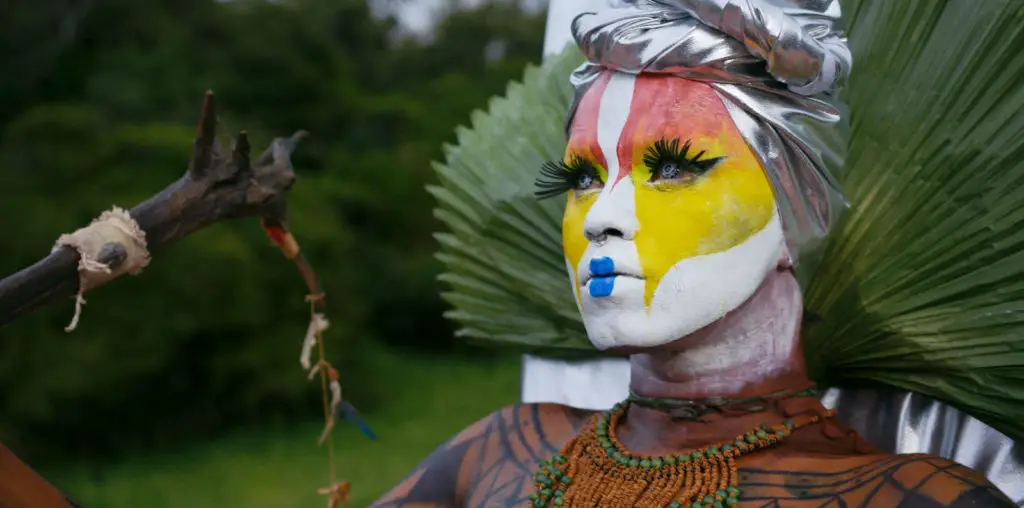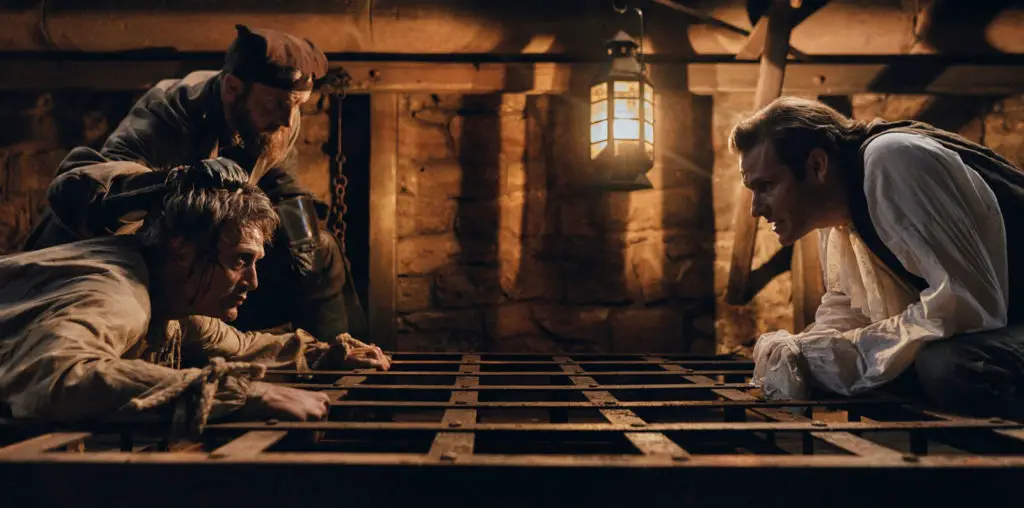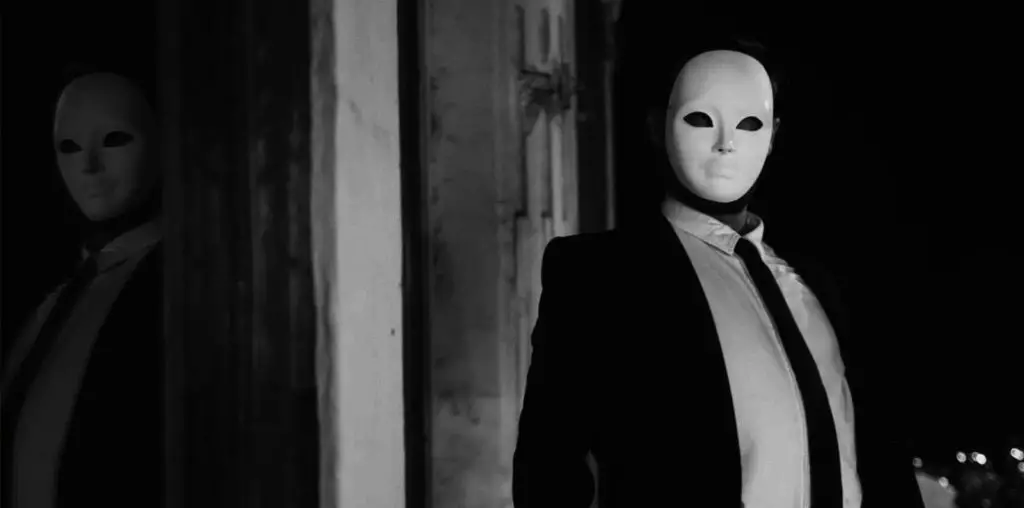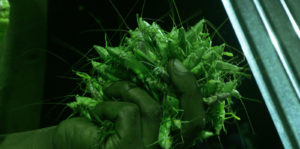
Daniel McCabe’s Grasshopper Republic is one of those real-life stories that you’d never know about if not for the medium of documentary filmmaking. The events you’re about to see will have little bearing on your life but a huge deal on the opposite side of the world. The film follows a small group of Ugandan men who make their living harvesting — more trapping — grasshoppers. I’m not talking about hunting for the one or two grasshoppers in my garden, but hundreds of thousands at once.
Shot in vérité style, filmmaker McCabe follows a small team of hunters over three seasons and gives us a glimpse into everyday life for the average person living in Uganda. Lead trapper Siraje Lubwama Ojuku and his right-hand man Tabula Magezi are in the spotlight. Every season, Siraje and Tabula pack up their truck loaded to the brim with trapping equipment consisting primarily of aluminum siding, green iridescent lighting, and a very loud generator. Along the journey are friends and locals they hire to assemble and run the equipment.
The team must then find a farmer willing to allow them to assemble the trap in the middle of their fields. At one point, a farmer is upset that the owner permitted Siraje on her property and raises a stink over their presence. This particular season is proving to be a bust as the team must fight the heavy rains and mudslides, bothered associates who are waiting to be paid, and an infestation of grasshoppers that never seem to come.
Will the efforts of the grasshopper trappers pay off? Not to spoil anything, but the ending to Grasshopper Republic is one of the most incredible sights to behold. Trust me, if you’ve never heard of grasshopper trapping, you will be in awe of the final moments of this film.
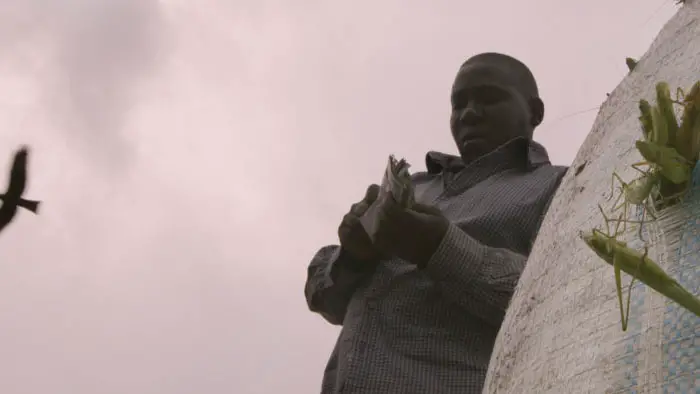
“…a small group of Ugandan men who make their living harvesting — more trapping — grasshoppers.”
Two things will stand out. Cinematographers Michael and Daniel McCabe, along with Michele Sibiloni, capture incredible images of the team and nature in action. Let’s just say the ending is worth the price of admission. Still, McCabe splices stunning macro photography shots of grasshoppers in their natural environment along with other species, including aggressive spiders and even more confrontational ants, into his narrative.
Grasshopper Republic is also about life living in the economically depressed Uganda. McCabe’s lenses pull back at times to capture the Ugandan communities and their economic ecosystems along with the unpredictable weather and the slow erosion of the natural ecosystem due to climate change. Grasshoppers are a massive industry among the locals. Why? Watch the film. This is how Siraje and Tabula survive day-to-day, and massive bounties are few and far between. In the meantime, they have to negotiate deals and hire and pay workers regardless of the results. Siraje is responsible for keeping the equipment running as a self-taught electrical engineer. All the exposed wiring can not be safe.
I do have one complaint as the story moves slowly. When any film starts (both narrative and documentary), there’s a level of disorientation that happens with audiences who are unfamiliar with any and all images presented upfront. It took a while for me to get my bearings, such as who the main players were, what is the setting, and where the journey formally began. I’d say I wasn’t in the action until about 20 minutes in when it should be 3 minutes.
Grasshopper Republic may be a slow build, but if you love nature documentaries and can work your way to the end, the journey is absolutely worth it.
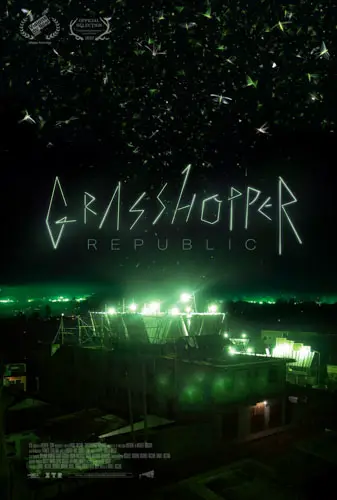
"…the ending is worth the price of admission."
